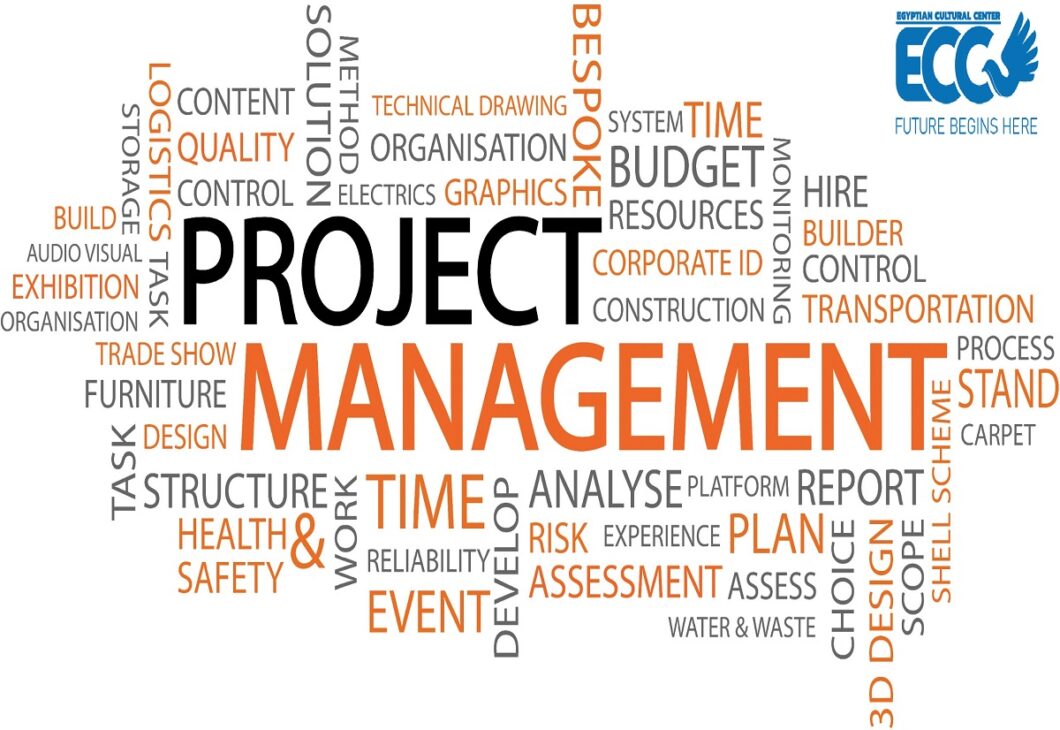The planning stage will always be followed by the scheduling stage to make sure that the plan will be implemented properly.
(b)Start -to-Start relationships
“start to start” relationship exists when an activity can start only after a specified activity has already begun.
For example, you can begin hanging wall papers as soon as the painter applies glue on the wall.
“Activity B starts as soon as activity A starts”
(C)Start -to-Finish relationships
The “start to finish” relationship occurs when an activity cannot end until the predecessor activity begins.
Handing over the building to the client cannot be done until addressing the snag list issues begins.
“Activity B completes when activity A starts”
(d)Finish -to-Finish relationships
The “finish to finish” relationship is used when an activity cannot terminate unless another activity is completed.
Contractors cannot get paid before the engineer checks the work and approves the payment.
“Activity B cannot finish until activity A finishes”
(e)Parallel Relationship
The other type of relationship occurs when two activities can be done at the same time
Another form is called the parallel relationship model
Activity C and Activity D begins at the same time and end at the same time and both activities must be completed before Activity E can begin due to the dependence of E on C and D or for other reasons
(4)Develop the project network
There are two main methods that are mainly used to draw a network diagram for a specific project:
Activity-on-Arrow Method Activity-on-Node Method
Planning stage
-Planning is a general visualization and term that sets a clear road map and logical steps that should be followed to reach a common goal or a desired destination. -Planning includes the breakdown of the whole project into easy definable, measurable, and identifiable tasks to be established vividly and then establishes the logical interdependences among them with the necessary activities, resources, and actions to be done to reach the desired outcome without forgetting obvious and probable obstacles and the methodology of overcoming them. Generally speaking, planning answers four important questions:- What is to be done and why?
- How to do it effectively?
- Who does it, where, and when?
- What are the necessary tools to get things done to move on from the current to the desired and potential goal?
- Firstly, corporate strategic plans,
- Secondly, Pretender plans
- Thirdly,pre-contract plans
- Fourthly, short-term construction plans
- Fifthly, long-term construction plans.
- Identification of all activities needed for the project
- Performing breakdown of work items involved in the project into activities.
- Identifying the proper sequence by which the activities should be executed.
- Activities representation.
- Planning requires a rigorous effort by the planning team.
- A planner should know the different categories of work and be familiar with the terminology and knowledge used in general practice.
- Also, the planning team should seek the opinion of experts including actual construction experience. This helps produce a realistic plan and avoids later problems on site.
Gantt Chart or Bar Chart
As Planning Techniques in Construction Projects The big advantage of bar chart schedules is that they are very easy to understand and follow. That’s because they can relate activities, and their durations, to calendar days. It is easy to see and understand when an activity will begin and when it will end. The biggest disadvantage to bar charts is that they do not show the interrelationships among the activities. For example, bar charts are not very good at showing the impact that a delay in one activity might have on another activity, or on the overall duration of the project. It is not suitable for big projects.Steps of the Planning Process
- Identifying a complete list of activities needed to build the project.
- Creating the work breakdown structure (WBS).
- Determining the relationship between activities.
- Develop the project network.
- Production activities: activities that involve the use of resources such as labor, equipment, material, or subcontractor. Examples are excavation, formwork
- Procurement activities: activities that specify the time for procuring materials or equipment that are needed for production activity. Examples are brick procurement.
- Management activities: activities that are related to management decisions such as approvals, vacations, etc.
- The project manager can’t complete this activity
- The input and guidance of the project team is required as they are the individuals closest to the work and will be completing the actual activities within the project phases
- The WBS offers major input into planning, estimating, and scheduling processes throughout the project.
|
Activity A |
Activity B |
||||||
|
ACTIVITY A |
|
|
ACTIVITY B |
|
ACTIVITY A |
|
|
ACTIVITY B |
|
ACTIVITY A |
|
|
ACTIVITY B |
|
ACTIVITY C |
ACTIVITY E |
||
|
ACTIVITY D |
|||


